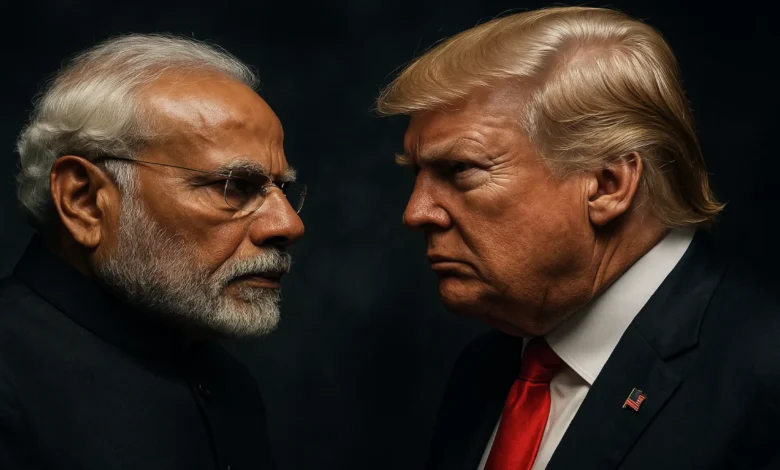
India’s most significant tax revision since 2017 is clashing with the highest US tariffs imposed on any country. This dynamic is poised to influence the nation’s economic expansion, price levels, and budget shortfall for the foreseeable future. Essentially, the GST changes could act as a buffer against the economic hit from Trump’s tariffs linked to India’s acquisition of Russian oil.
“The uplift in spending from rationalizing GST rates should outweigh any potential revenue dip,” SBI Chief Economist Soumya Kanti Ghosh shared with Reuters. “The effect on the fiscal deficit might be negligible or even beneficial.”
Ghosh earlier highlighted that GST adjustments could contribute 60 basis points to India’s GDP over the coming year, contrasting with US tariffs that might reduce growth by as much as 1 percentage point in the long run, according to a Reuters report on August 21 referencing an MUFG analysis.
A basis point equals one-hundredth of a percent. “Reduced GST rates should support growth in the latter part of the year,” noted Radhika Rao, Senior Economist at DBS Group Research, in a report, emphasizing that the shifts would also grow the formal sector.
The GST reductions are anticipated to increase consumers’ spending power, boosting demand which makes up 60% of India’s GDP. Revenue Secretary Arvind Shrivastava stated that the alterations would result in a net revenue effect of ₹48,000 crore, yet remain manageable for the budget.
GST Changes: A Stimulus for the Economy
Experts predict these tax reductions will spark higher consumer activity, with Reuters projecting a potential drop of up to 1.1 percentage points in CPI inflation. Cheaper prices often encourage greater real spending, and projections from analysts suggest a 30-70 basis point increase in GDP growth for FY26. Industries like automobiles, cement, and household appliances are expected to gain the most.
However, the rate slashes will cause an immediate revenue shortfall of about ₹48,000 crore, roughly 0.13% of GDP. Although stronger GST collections averaging ₹1.8-1.95 lakh crore monthly might compensate somewhat, the budget will face short-term pressures. Absent reductions in expenditure or improved efficiencies, the fiscal deficit might expand beyond the 4.4% target to 4.5-4.6% of GDP
US Tariffs: A Hurdle for Exports and Currency
The US represents India’s top export market, with goods valued at $80-87 billion in FY25, equating to 2-2.5% of GDP. Citigroup Inc. assesses that the 50% combined US tariff could create a 60-80 basis point risk to India’s yearly GDP growth.
The rupee has weakened to all-time lows amid concerns over diminished exports and investment exits. A depreciated currency elevates costs for imports like crude oil and electronic components, potentially adding 10-30 basis points to consumer inflation.
Overall, GST reforms and US tariffs exert opposing forces on the economy. The tax cuts enhance domestic demand, while tariffs undermine exports and pressure the currency. Notably, India’s GDP growth climbed to a one-year high of 7.8% in the April-June 2025 quarter, prior to the tariffs’ implementation and the GST announcements.
Government Strategies
Finance Minister Nirmala Sitharaman clarified that the GST reforms were independent of the tariff issues and would positively affect India’s GDP. “We view GST as dynamic lower rates lead to increased buoyancy,” Revenue Secretary Shrivastava explained. “We anticipate more purchases as taxes decrease.”
Should India navigate the export challenges while enhancing consumption via GST reforms, it could strengthen its position. In the near term, however, officials must carefully juggle consumer support, currency stability, and fiscal reliability.




